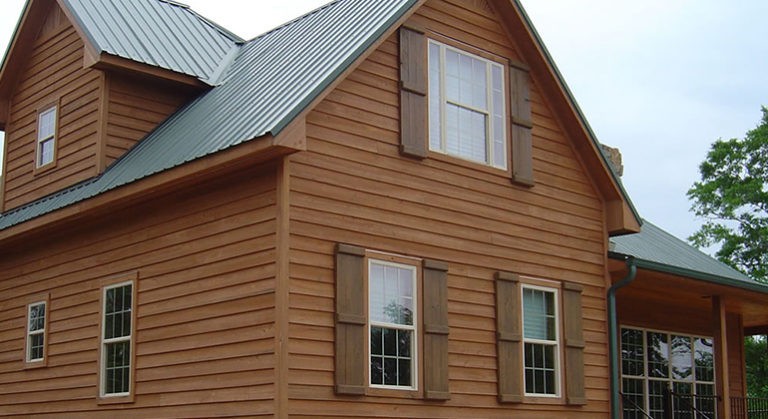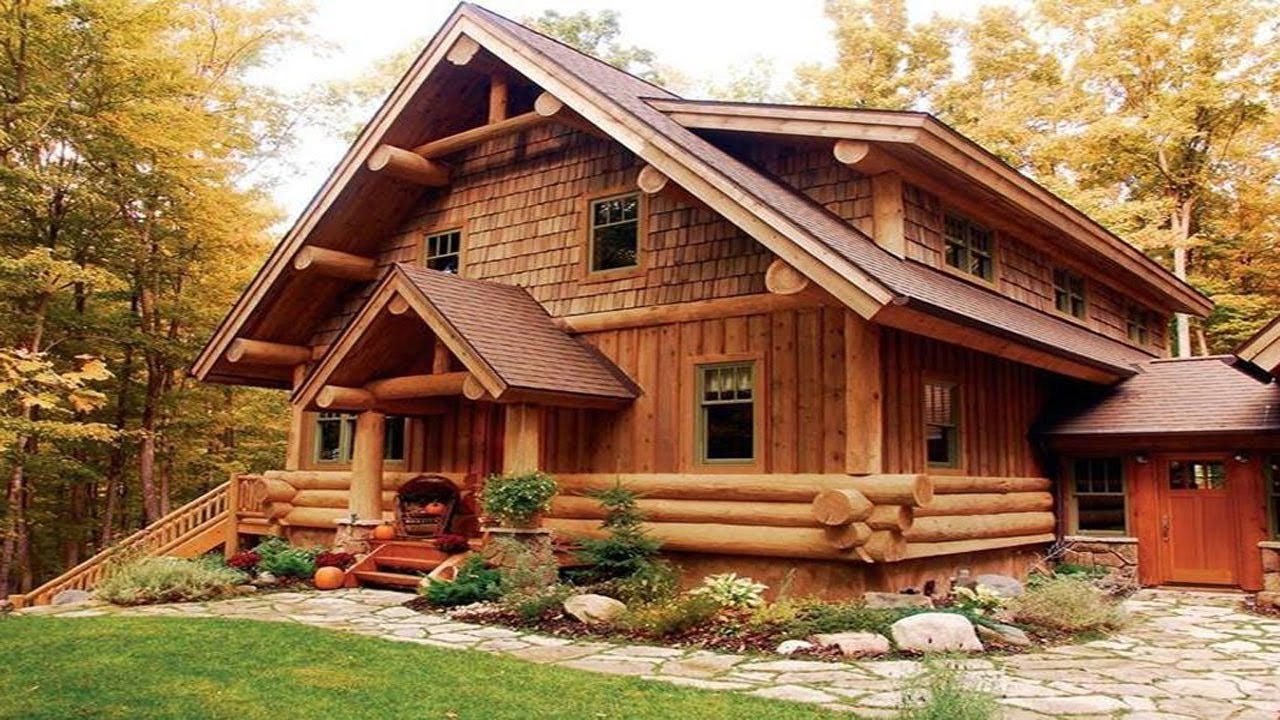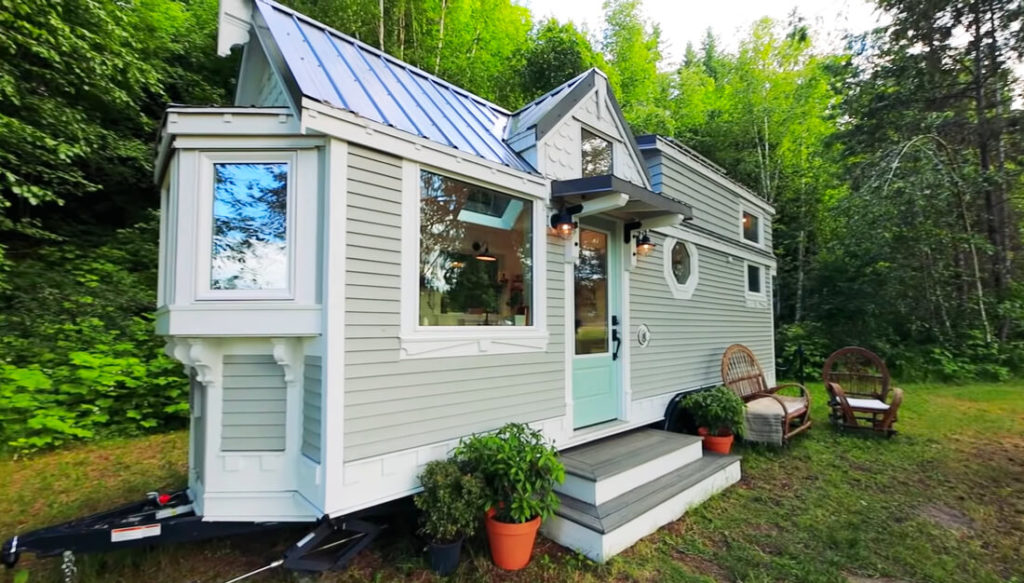Wood and many other siding products absorb moisture causing a wide range of problems many of them health related but aluminum siding does not swell rot or encourage the growth of mildew.
Is siding wood houses a fire hazard.
Buildings whose exterior sheathing siding is combustible can also enhance the fire s spread from one building to another.
This fire safety measure will help remove soot and debris which could become a fire hazard.
Finally wood isn t fire resistant.
Below is a combination of wooden framing with wire mesh which minimizes the amount of combustible material in the fence.
Some areas will not allow homeowners to install shakes on their homes because of the fire hazard of the rough finish on this product.
Shake siding should be treated with fire retardant chemicals and maintained to keep them from splitting or hosting insects.
It is important to check building codes in your area before you install shake siding or cedar shake shingles.
The fire service must understand the potential impact these changes have on fire ground operations and safety and evolve as well brick construction is safer.
One sign that your home s wiring is a potential fire hazard is that the insulation has deteriorated or become damaged.
In fact aluminum is completely waterproof and provides excellent home protection against moisture problems.
Wood strip siding is available in all sorts of woods but the type of wood will effect the cost of the siding.
And when using the fireplace keep any flammable materials such as blankets curtains and rugs away from the fireplace and never leave children unattended near a working fireplace.
Exposed wires are a huge fire hazard that should be fixed as soon as possible.
As pvc burns the chlorine in the material escapes creating an acid smoke that contains hydrogen chloride.
Some building codes prohibit these products citing the fire hazard of that much rough finished wood.
Today the wood siding and vapor barrier that was once in place underneath the vinyl has been replaced with a rigid foam sheathing to increase energy efficiency in homes.
This can be a major deciding factor if you live in an area with a dry climate where forest fires are common.
If you are allowed to install this type of siding on your home then you need to make sure that you use chemicals to treat the wood to prevent it from splitting being eaten by insects or catching fire.
Pvc siding generally is vented fro m behind keeping air from becoming trapped behind it and keeping most of the lead outside your home.
Any fences or gates that are attached to houses should be designed to reduce the fire hazard.
Metal gates and heavy wooden fence sections can minimize this problem.
Wire insulation can be damaged by things like improper installation rodents chewing on it and overheating which all cause the wires to become exposed.
So far the most studied danger of vinyl siding comes when it is burned as in a house fire.










